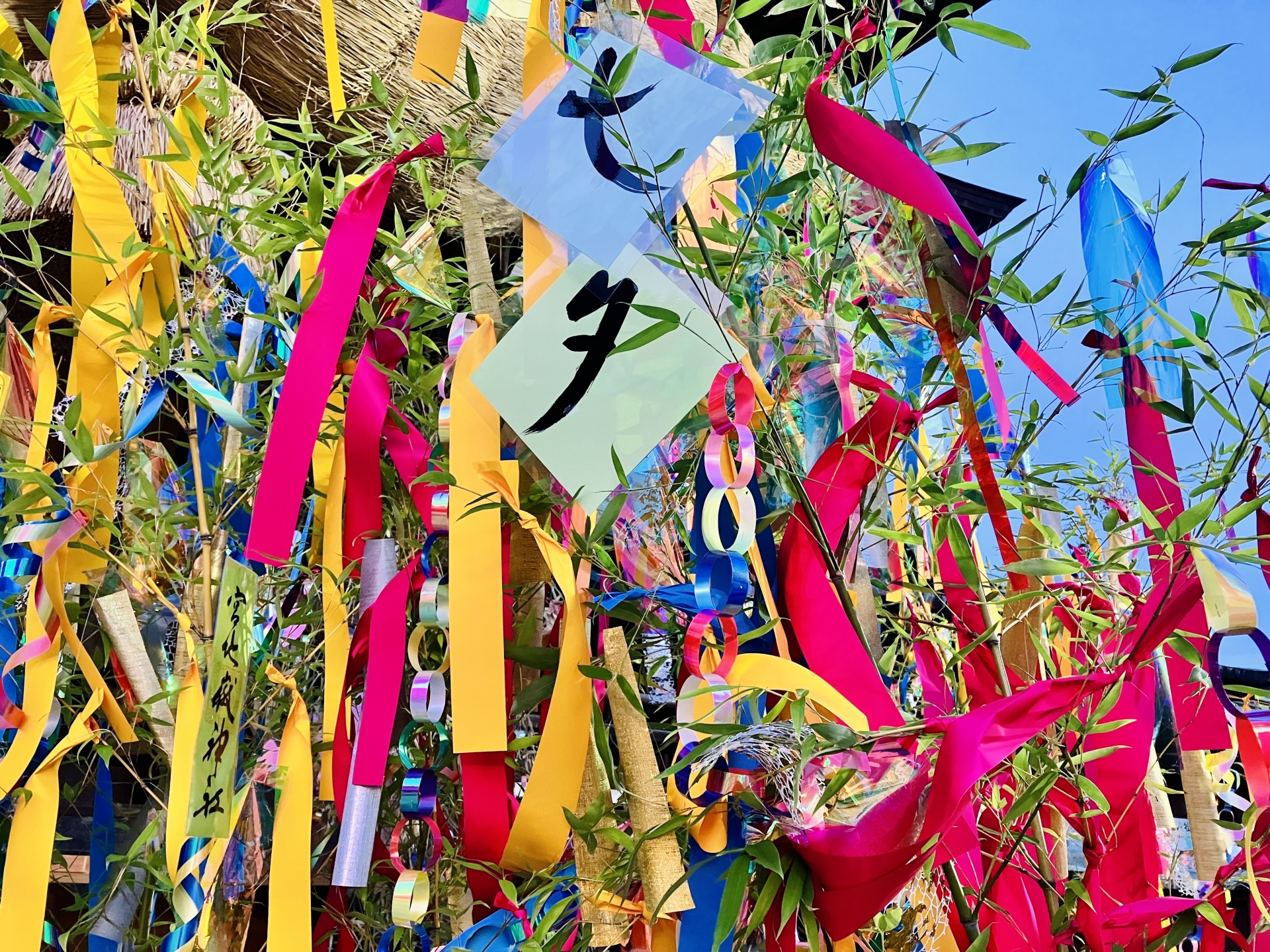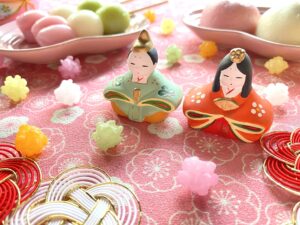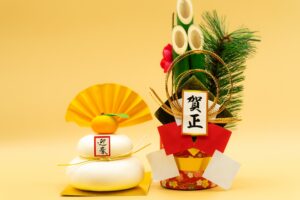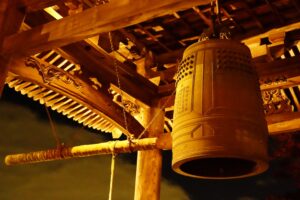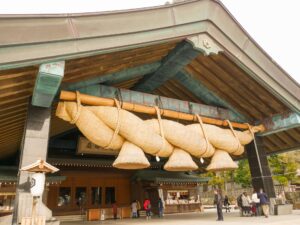Tanabata, known as the Star Festival, is a vibrant cultural event in Japan, celebrated with great enthusiasm every summer. Rooted in an ancient legend of star-crossed lovers, this festival brings communities together with colorful decorations, wishes written on tanzaku (small paper strips), and various regional festivities. The festival’s significance lies not only in its romantic legend but also in its reflection of Japanese values such as hope, perseverance, and the beauty of fleeting moments.
The Legend of Tanabata
The legend of Tanabata is a tale of love and longing, centering on two star-crossed lovers, Orihime and Hikoboshi. According to the story, Orihime, the daughter of the Sky King, was a talented weaver who fell in love with Hikoboshi, a humble cowherd. Their love was so intense that they began to neglect their duties, which angered the Sky King, who then separated them across the Milky Way. They were allowed to meet only once a year, on the seventh day of the seventh month. This story forms the foundation of the Tanabata festival, symbolizing the joy of reunion and the sorrow of parting.
The Story of Orihime and Hikoboshi
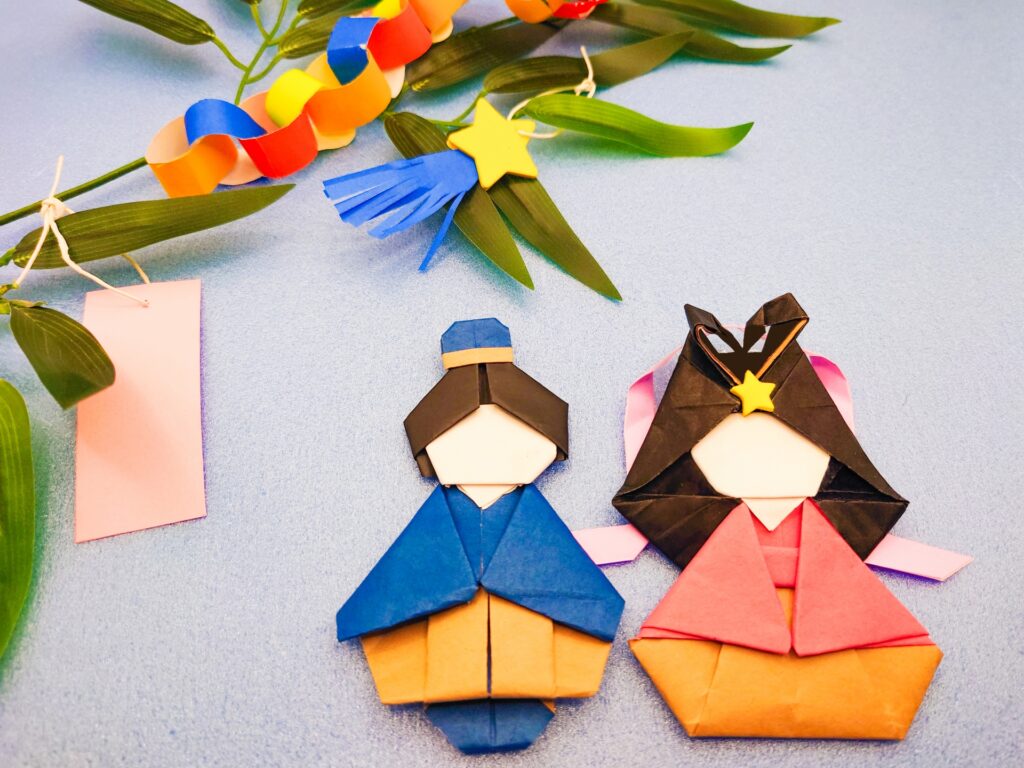
The heart of Tanabata lies in the poignant story of Orihime, the weaving princess, and Hikoboshi, the cowherd. Orihime, the daughter of the Sky King, wove beautiful garments by the heavenly river (the Milky Way). However, her dedication to her work left her lonely, so her father introduced her to Hikoboshi, a hardworking cowherd who lived across the river. The two fell deeply in love, but their affection led them to neglect their duties, angering the Sky King. As punishment, the lovers were separated by the Milky Way, allowed to meet only once a year on the seventh day of the seventh month. This legend not only symbolizes eternal love but also emphasizes the importance of balance between personal happiness and responsibilities.
Variations of the Legend

While the basic legend of Orihime and Hikoboshi is widely known, there are regional variations of the story that add unique cultural flavors to the festival. In some versions, the lovers are granted their reunion only if the weather is clear, as rain would cause the river to flood and prevent their meeting. This variation underscores the festival’s connection to natural elements and the belief that celestial events influence human affairs. Different regions of Japan also emphasize various aspects of the legend, which are reflected in their local customs and celebrations. For example, in Sendai, the Tanabata Festival is one of the largest in Japan, featuring elaborate decorations and parades that draw inspiration from the legend.

Traditional Tanabata Celebrations in Japan
Tanabata is rich in customs and traditions that have been passed down through generations. This section explores how the festival is traditionally celebrated throughout Japan, with a focus on regional variations and iconic practices. The most iconic practice is the writing of wishes on tanzaku, colorful paper strips, which are then tied to bamboo branches. These wishes range from personal aspirations to prayers for loved ones. The bamboo, considered a sacred plant, symbolizes strength and resilience, making it an ideal medium to carry wishes to the heavens. In addition to tanzaku, people decorate their homes and public spaces with other ornaments such as paper cranes, which represent longevity, and paper streamers, which signify the weaving of threads, a nod to Orihime’s skills.
Common Customs and Practices

Tanabata is celebrated with a variety of customs that reflect its rich cultural heritage. The most iconic practice is the writing of wishes on tanzaku, colorful paper strips, which are then tied to bamboo branches. These wishes range from personal aspirations to prayers for loved ones. The bamboo, considered a sacred plant, symbolizes strength and resilience, making it an ideal medium to carry wishes to the heavens. In addition to tanzaku, people decorate their homes and public spaces with other ornaments such as paper cranes, which represent longevity, and paper streamers, which signify the weaving of threads, a nod to Orihime’s skills.
Regional Variations of Tanabata
Tanabata’s celebrations vary widely across Japan, each region infusing the festival with its local customs and spirit. The most famous Tanabata festival is held in Sendai, where the city comes alive with vibrant decorations, including massive, intricately designed streamers that hang throughout the streets. Hiratsuka’s Tanabata Festival is also renowned, known for its grand displays and festive atmosphere. In these regions, the festival is not just a day of celebration but extends into multi-day events filled with parades, music, and cultural performances, showcasing the unique interpretation of Tanabata in each area.
Tanabata in the Modern World

As Japan has modernized, so too has the celebration of Tanabata. This section discusses how the festival has evolved in contemporary times, both within Japan and globally. While the festival’s core traditions remain, contemporary celebrations have adapted to urban settings, where space and time are often limited. In cities like Tokyo, smaller scale events are held, and digital platforms have become a popular way for people to participate by sending virtual tanzaku. The festival has also been integrated into local events and promotions, blending traditional customs with modern entertainment. This evolution reflects how Tanabata continues to thrive in a modern society, keeping its spirit alive while adapting to contemporary lifestyles.
Adaptations and Modern Celebrations in Japan
As Japan has modernized, so too has the celebration of Tanabata. While the festival’s core traditions remain, contemporary celebrations have adapted to urban settings, where space and time are often limited. In cities like Tokyo, smaller scale events are held, and digital platforms have become a popular way for people to participate by sending virtual tanzaku. The festival has also been integrated into local events and promotions, blending traditional customs with modern entertainment. This evolution reflects how Tanabata continues to thrive in a modern society, keeping its spirit alive while adapting to contemporary lifestyles.
Tanabata Celebrations Around the World
Tanabata’s charm has spread beyond Japan, with communities around the world embracing the festival. In Brazil, where there is a large Japanese-Brazilian population, Tanabata is celebrated with large festivals that mirror the grand celebrations in Japan. The United States also hosts Tanabata events, particularly in areas with significant Japanese communities, like Los Angeles and Hawaii. These global celebrations often blend traditional Japanese customs with local cultural elements, creating a unique fusion that honors the spirit of Tanabata while embracing the diversity of its participants.
Sustainable Tanabata: Eco-Friendly Celebrations
With the global push toward sustainability, Tanabata is also seeing eco-friendly adaptations. This section highlights ways to celebrate the festival in a more environmentally conscious manner. Sustainable practices include using biodegradable materials for tanzaku and decorations, reducing waste, and encouraging the recycling of festival ornaments. In some regions of Japan, there are initiatives to replace traditional paper decorations with cloth or reusable materials, promoting sustainability without sacrificing the beauty of the festival. These efforts are part of a broader movement to ensure that traditional celebrations like Tanabata can continue to bring joy while also being mindful of their environmental impact.

